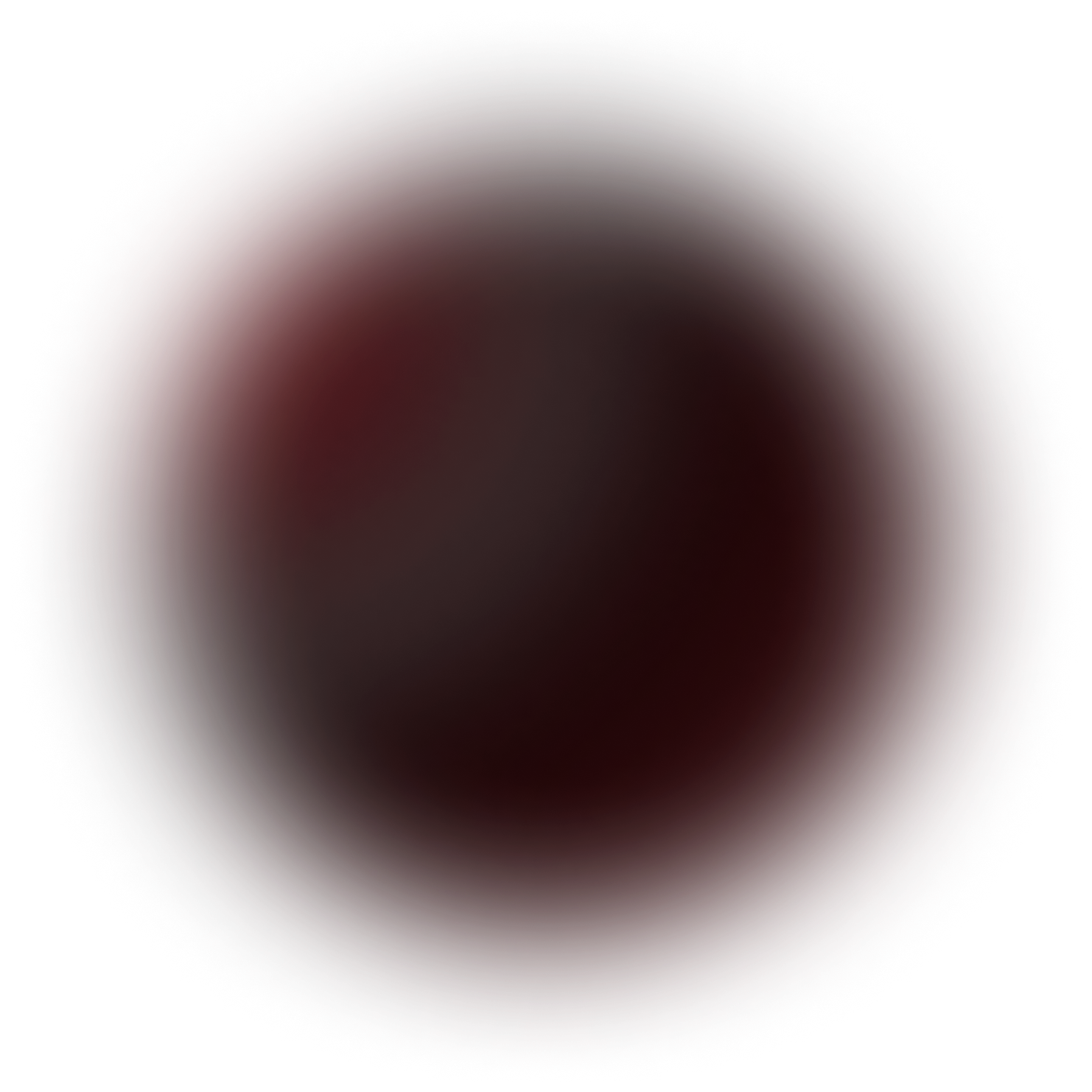
Sparkling coffee (1 ml)
Breakfast
174 mg/dL
avg. peak value
Usually causes a small spike
Avg. Food Score on Ultrahuman App
Ultrahuman Users got a STABLE response
How to consume sparkling coffee without glucose spikes
Pair with Protein or Healthy Fats
Consume sparkling coffee alongside a small serving of nuts, such as almonds or walnuts, which can help stabilize blood sugar levels.
Incorporate Fiber
Add chia seeds or ground flaxseeds to your sparkling coffee. These seeds are high in fiber and can slow the absorption of sugar.
Choose a Low-Sugar Option
Opt for a sparkling coffee that is unsweetened or contains a natural, low-calorie sweetener like stevia or monk fruit.
Add Cinnamon
Sprinkle cinnamon into your sparkling coffee. This spice is known for its ability to help regulate blood sugar levels.
Drink with a Meal
Consume your sparkling coffee during or immediately after a meal that includes complex carbohydrates and proteins, such as a salad with grilled chicken, which can help buffer glucose spikes.
Stay Hydrated
Ensure you are drinking plenty of water throughout the day, as proper hydration can aid in maintaining stable glucose levels.
Monitor Portion Size
Limit your intake of sparkling coffee to a moderate serving, reducing the overall impact on your glucose levels.
Opt for Whole Grains
If you consume your sparkling coffee in the morning, pair it with a slice of whole-grain bread or a small bowl of oatmeal to provide sustained energy.
Engage in Light Physical Activity
Consider going for a short walk after drinking sparkling coffee to help your body use the glucose more efficiently.
Mindful Consumption
Drink your sparkling coffee slowly to give your body time to process the caffeine and minimize a rapid glucose increase.

Discover
metabolic
health with M1
Ultrahuman M1 helps you measure the impact of food and activity on your body in real time through glucose as a biomarker.
Explore Ultrahuman M1Find Glucose response for your favourite foods
Explore OGDbYour cart is empty
Browse through our products and find something for you.
